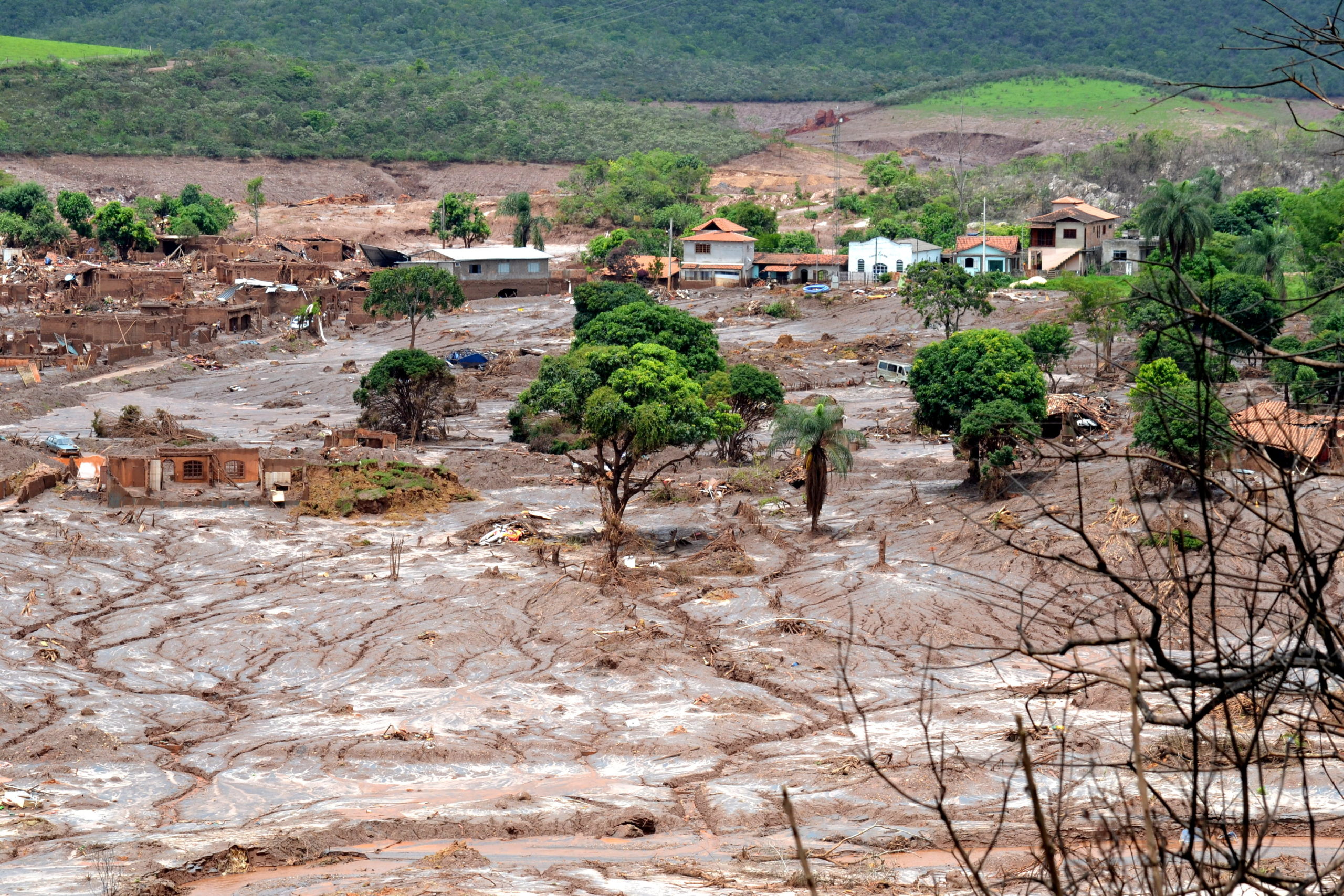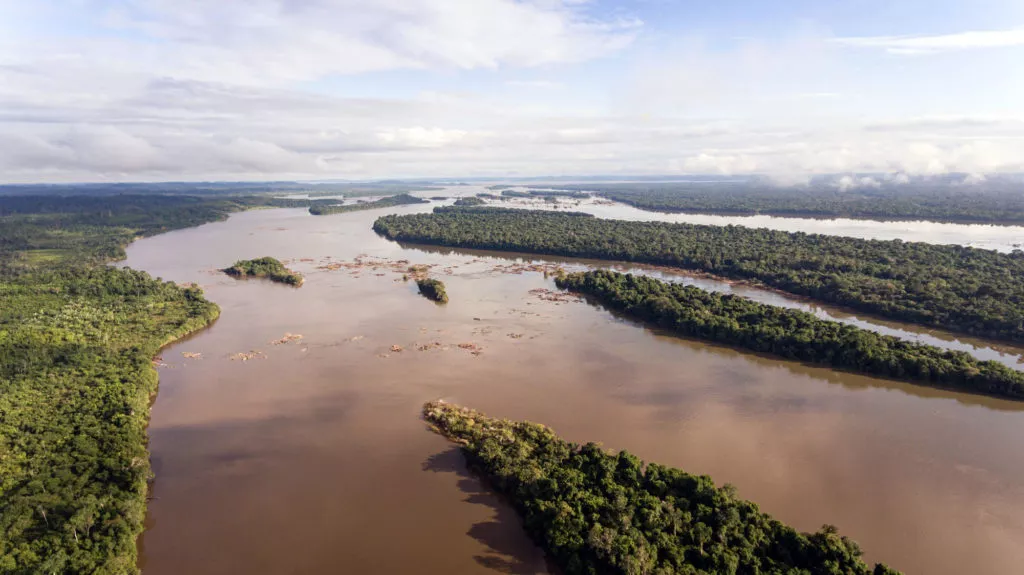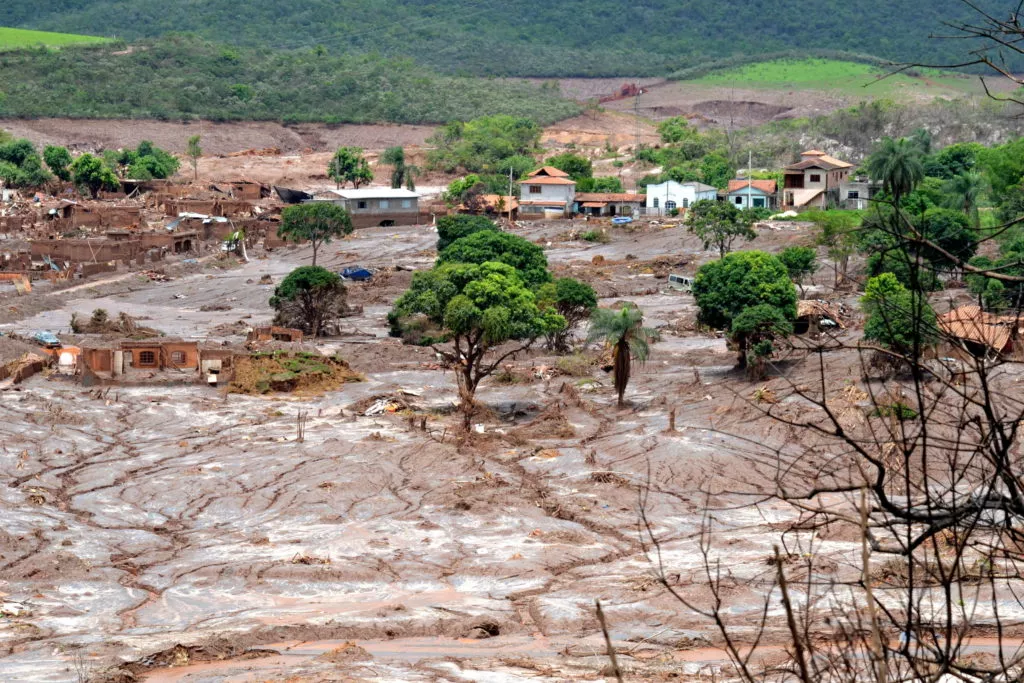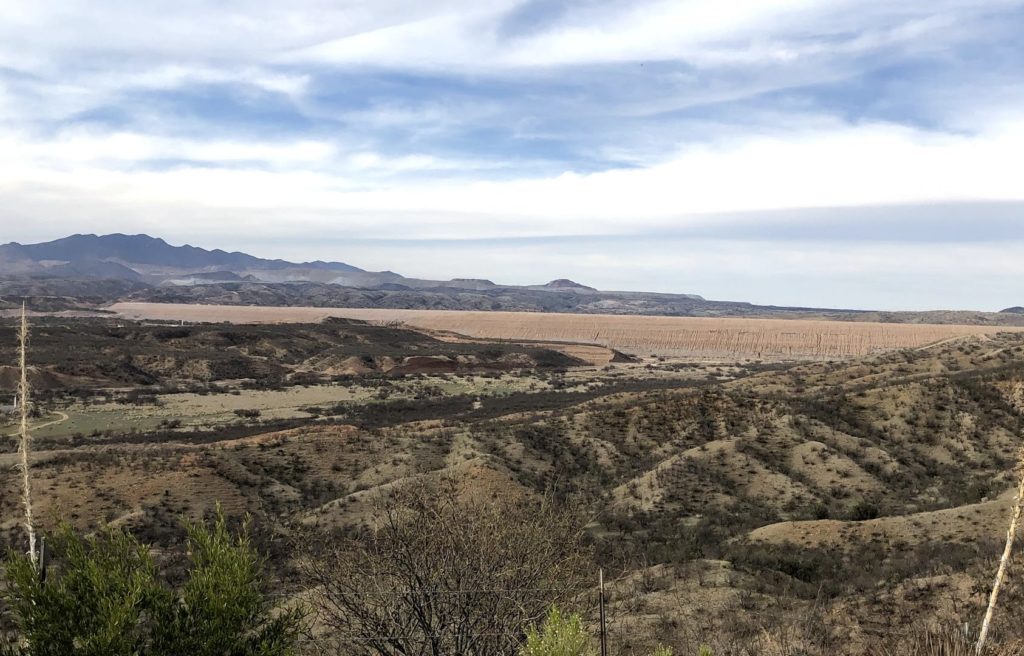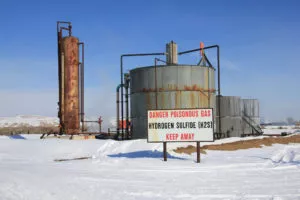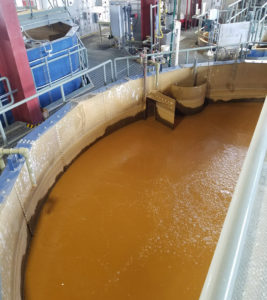A Mine Should Not Be a Death Threat
Industrial-scale mine waste storage dams are collapsing more frequently and more severely, literally killing communities and ecosystems.
If an existing mine cannot guarantee the safety of affected communities, as a condition of continued operation the mining company must be required—as a first and overriding priority—to improve its waste storage safety until it can.
To ensure safety is guaranteed, independent and universally implemented tailing storage standards need to be created that respect community consent and hold mining companies accountable.
Mines are producing greater amounts of waste
As the world’s high grade ore deposits are tapped out, mines grow larger to extract lower grades of ore. Metal mining has become increasingly wasteful as technology allows the profitable extraction of much lower grades of ore. But these larger amounts of waste, called tailings, are frequently being stored in facilities that were designed for far smaller quantities of waste or behind dams where minimizing cost is prioritized before safety.
Tailings failures are increasing in frequency & severity
In August 2014, a tailings dam breach at the Mount Polley Mine in British Columbia released 24.4 million cubic meters of toxic waste into nearby creeks and a lake. The failure was so violent that it ripped mature trees from the forests and sent them miles downriver into Quesnel Lake.
The following year, in Brazil the Samarco Mine’s tailings dam failed catastrophically, killing 19 people downstream and sending mine waste over 600 km down the Rio Doce river to the Atlantic Ocean. When submitting permitting documents, the mining company that owned the Samarco mine, a joint venture between Brazilian mining giant Vale and BHP Billiton, vastly underestimated the amount of damage that would be caused by a rupture in the dam, predicting that waste would only flow 3.5 km.

In January of 2019, after Vale vowed “never again” in response to the Samarco catastrophe, a second Vale dam collapsed, killing at least 270 people (another 11 are still missing and feared dead) and sending 9.7 million cubic meters of waste into the Paraopeba River ecosystem. An independent report commissioned in 2020 found that Vale was aware of the instability of its 86 meter tall dam as far back as 2003, but did not take appropriate measures to prevent the accident or to warn downstream communities.
Failures are not aberrations
Unfortunately, these recent failures are not aberrations. Research into all serious tailings failures since 1915 shows:
- The rate of serious tailings dam failures is increasing. Half (33 of 67) of serious tailings dam failures in the last 70 years occurred in the 20 years between 1990 and 2009.
- The increasing rate of tailings dam failures is propelled by, not in spite of, modern mining practices.The increasing failure rate is directly related to the increasing number of dams with a storage capacity over 5 million cubic meters, which are needed to allow for the economically viable extraction of lower grades of ore.
- 19 catastrophic failures are predicted globally between 2018 and 2027.
Because tailings storage facilities are not removed at the mine’s closure, the danger they pose continues in perpetuity, in many cases, even after the company that built the mines ceases to exist.
Preventing Mine Tailings Disasters
A Global Threat
From Canada to Brazil, Mexico to Papua New Guinea communities across the globe are living in the shadows of dangerous tailings dams. Because there is no complete global database of all active and abandoned tailing facilities, it is hard to know the exact number. Estimates range from 3,500-18,000, or possibly even higher, meaning thousands of communities are downstream from potentially unsafe structures.
Safety First
Given the hazardous nature of tailings, mine operators and regulators, must commit to making safety the primary consideration at mines and specifically in tailings dam design, construction, operation, and closure. Without this commitment, cost will continue to drive decision making, putting people and the environment at risk. If a mine cannot guarantee the safety of the surrounding community it should not be built.

Governments and regulators need to force the industry to move away from using technologies that pose a significant threat of failure, that allow too much room for human error and that are already known to have detrimental impacts on communities and ecosystems. These regulations should include:
- Banning upstream dam construction,
- Requiring the use of “filtered tailings” (tailings that have been desaturated and do not present the risk of flowing downstream),
- Halting the construction of dams above (upstream of) local communities,
- Banning dumping tailings directly into lakes, rivers and oceans.
Consent
Additionally, communities must have the power to decide whether or not they accept the long lasting and potentially disastrous consequences associated with tailings storage. As a 2017 report spearheaded by the UNEP pointed out, “many of the essential decisions that govern tailings storage facilities’ performance may be made by remote decision makers who have little or no exposure to any long-term risks.”
Governments and mining companies should allow for a transparent consent process that gives affected communities the ability to veto a project if they decide it is too dangerous. For Indigenous Peoples, international law recognizes that Free, Prior and Informed Consent (FPIC) must be in place in order for a mine to be developed, operated and closed. If a community deems a mine can not safely and responsibly dispose of waste, the mine should not move forward.
A better way
In 2020, an international group of 142 scientists, community groups and NGOs from 24 countries published a set of 16 guidelines for the safer storage of mine waste.
The guidelines aim to protect communities, workers and the environment from the risks posed by thousands of mine waste storage facilities, which are failing more frequently and with more severe outcomes.

